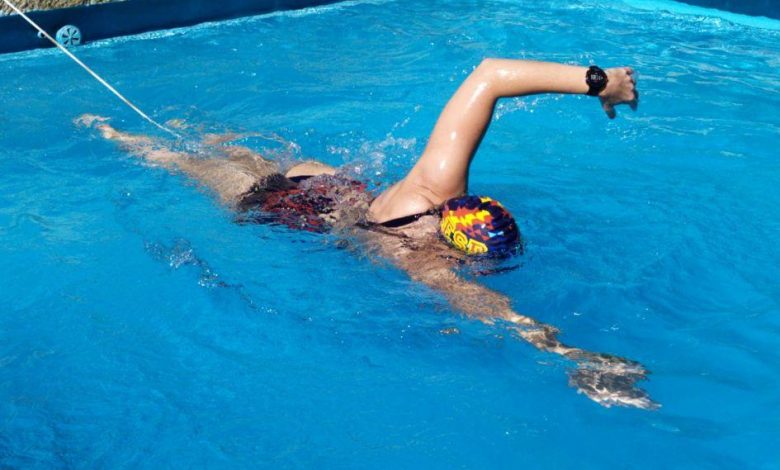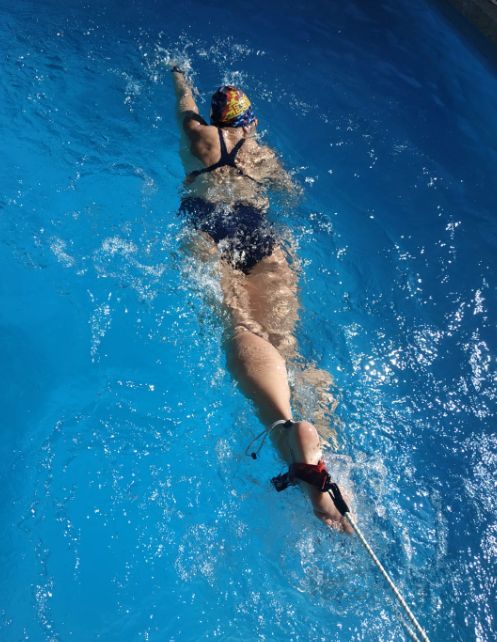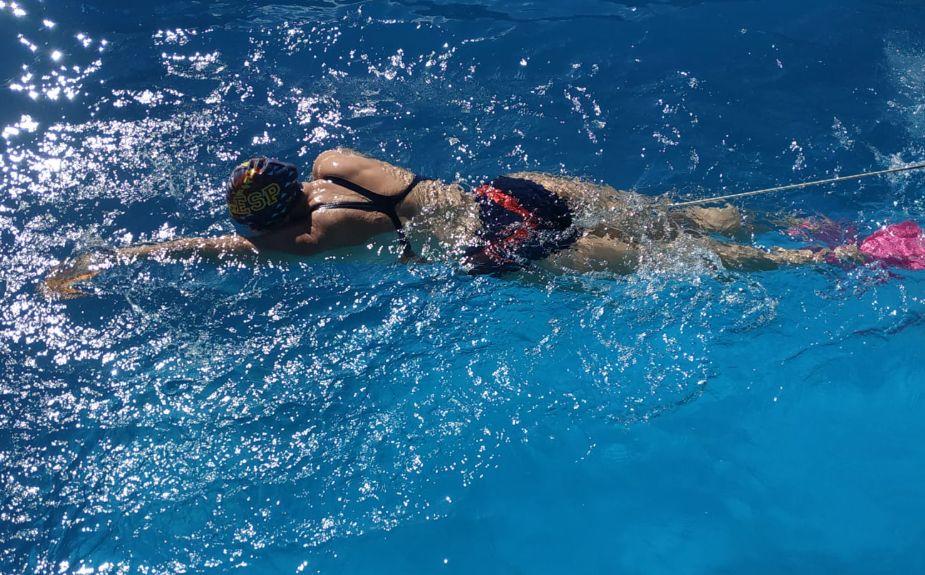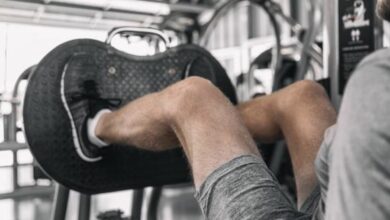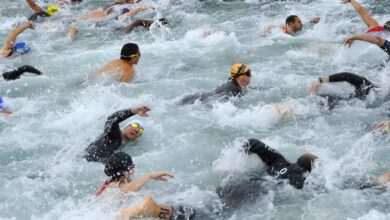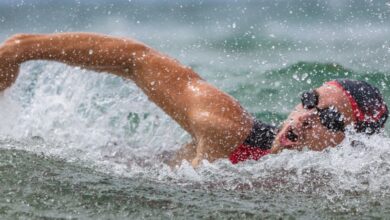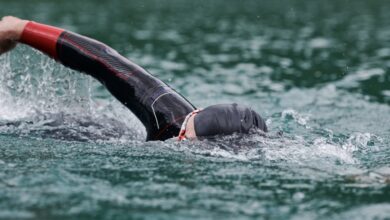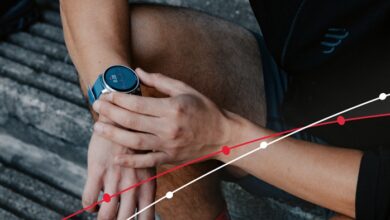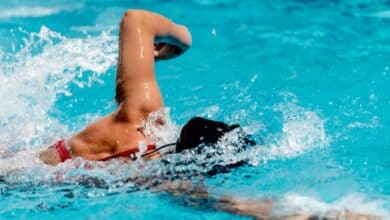Static swimming: which belt is better for waist or feet?
One of the most used resources for swimming in small pools is the static swim o swimming tied.
However, in today's market there is a great variety of models that make us doubt on which is the most suitable.
On the basis that any system that does not allow free swimming with complete freedom of movement will suppose changes in swimming technique, we are going to know the main advantages and disadvantages of the methods we found for tied swimming training:
Static swim with tie-in feet
This method has two independent ties to place on both feet, from which the rubber or cable is tied to the point of attachment.
Advantages
- Pressure free abdomen
- No possibility of rubbing with the rubber or cable when swimming
Drawbacks
- Quite reduced foot mobility
- Modification of body position in swimming
- Difficulty executing the roll
- Does not allow all styles
Better static swimming belts, grip on feet
Static swim with belt
This method consists of wearing the system tied to a belt that is placed at the waist.
Advantages
- Lets you swim any style
- Total freedom of movement in arms and legs
Drawbacks
- Possible feeling of pressure in the abdominal area (recommended padded belt to avoid it)
- There may be a collision with the rubber when kicking if it is not well centered
Better static swimming belts, grip on the waist
Rubber band or rigid cable?
Another important fact to keep in mind is the material we use to tie us.
El rigid cable produces "pulls" During swimming, even more accentuated in styles such as butterfly or breaststroke, while wearing elastic rubber decreases considerably the possibility of that happening.
Conclusion
As a final conclusion, we can tell you that, due to professional experience and the technical details that we have previously commented, static swimming with a belt and elastic rubber is the most recommended option both for its versatility in styles and for the minor influence on the freedom of movement of the swimmer.
Dra. Science of Physical Activity and Sport
There are no previous results.

